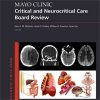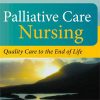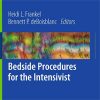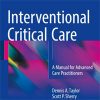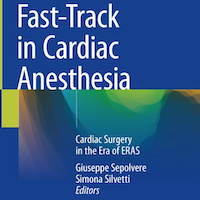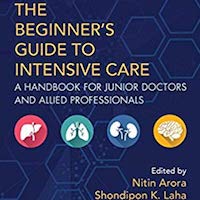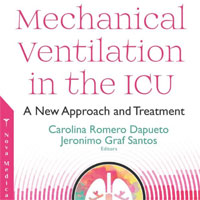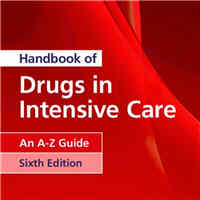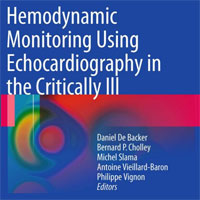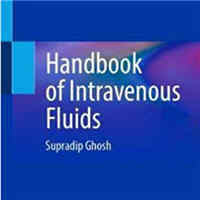Multicomponent Sepsis Transition Effect and Recovery Program After Sepsis
pubmed.ncbi.nlm.nih.govIn a multisite randomized clinical trial of patients hospitalized with sepsis, patients provided with a 30-day program using a nurse navigator to provide best practices for postsepsis care experienced a lower proportion of either mortality or rehospitalization within 30 days after discharge.
Further research is needed to understand the contextual factors associated with successful implementation.
The primary outcome was a composite of mortality or hospital readmission at 30 days. Logistic regression models were constructed to evaluate marginal and conditional odds ratios (adjusted for prognostic covariates: age, comorbidity, and organ dysfunction at enrollment).
Among 691 randomized patients (mean age = 63.7 ± 15.1 yr; 52% female), a lower percentage of patients in the Sepsis Transition And Recovery group experienced the primary outcome compared with the usual care group


